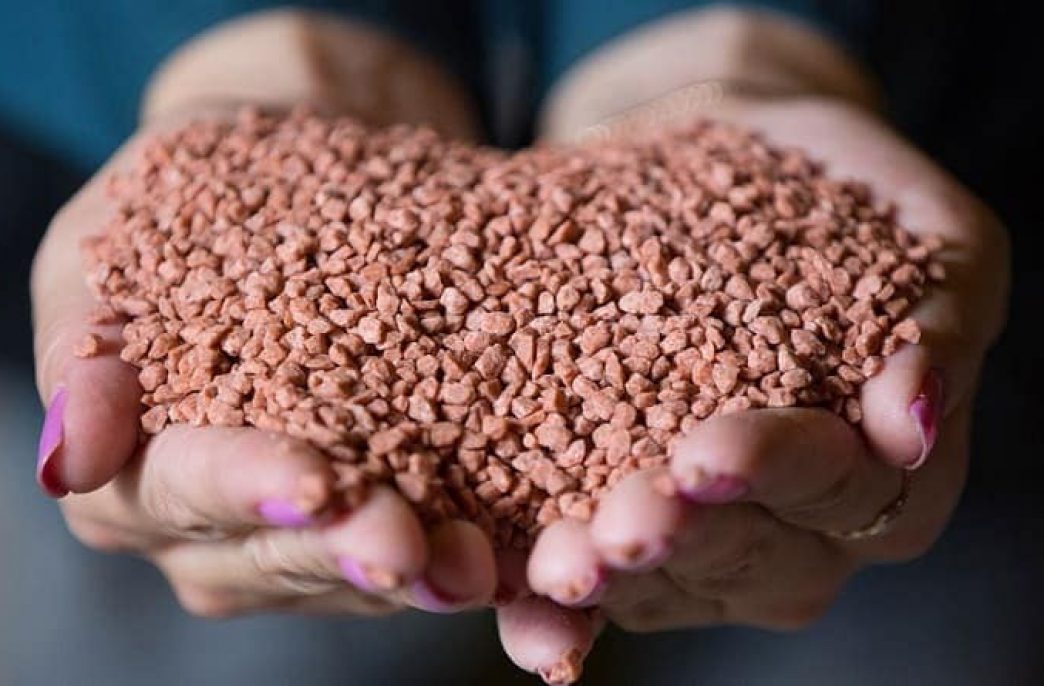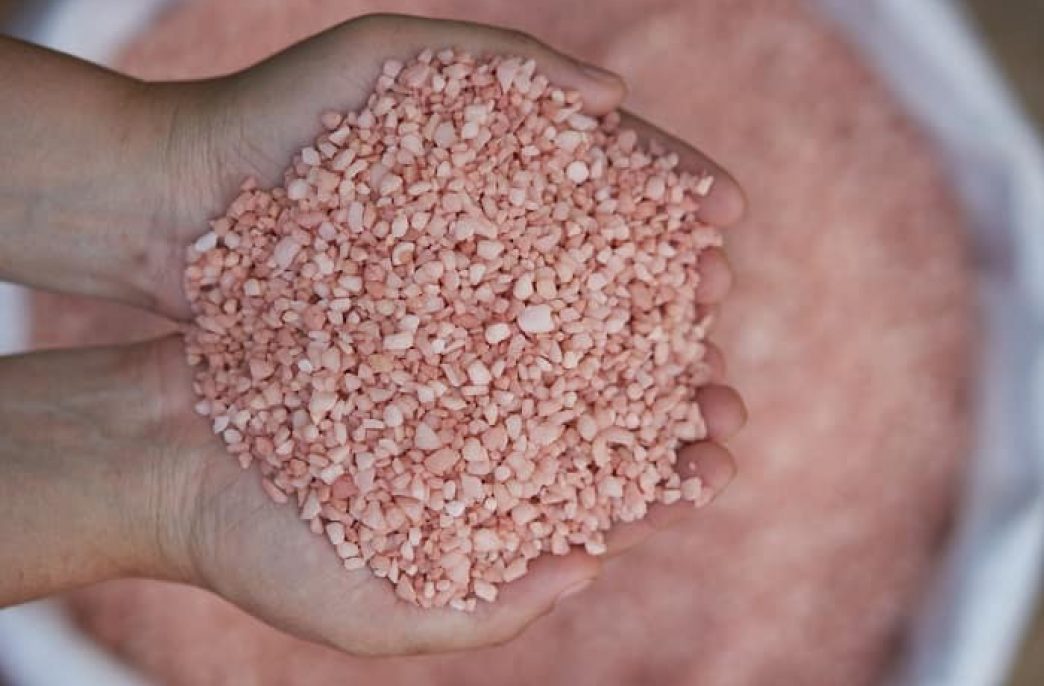Potassium sulfate: application in the garden
Recently, wood ash has become a source of potassium sulfate
What is potassium responsible for?
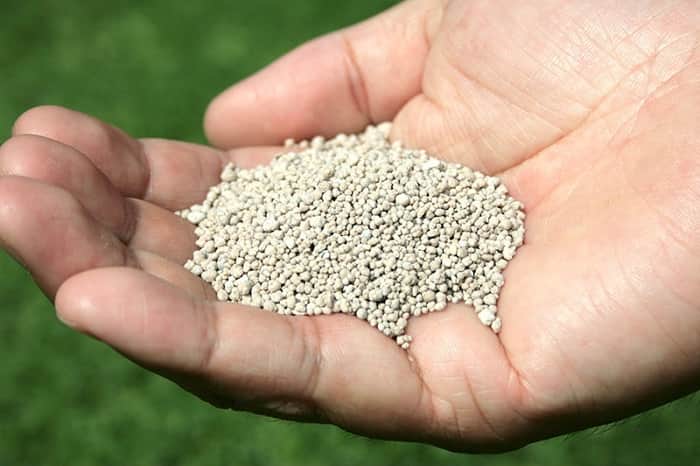
Potassium, as one of the three main elements in the development of plants, is responsible for their growth and development and contributes to high yields. Due to potassium, metabolic processes take place in plant cells, crops are resistant to pests and diseases, winter frosts. Fruits increase the amount of vitamins and substances that are beneficial to humans. Therefore, in assessing the feasibility of using various additives in the garden, sulfate fertilizers are undoubtedly used not only in greenhouses and outdoors, but also in the cultivation of indoor flowers.
Potassium is involved in plant protein and carbohydrate metabolism, activates ammonia nitrogen, resists water permeability and drying of plants. Potassium deficiency inhibits the movement of carbohydrates, protein synthesis and photosynthesis in the plant. General recommendations are reduced to enriching the soil in which crops are grown from the crucified family. They love peppers, eggplants and cucumbers so much that it doesn’t hurt to use the best dressings for strawberries, currants, raspberries, other shrubs and fruit trees.
Potassium sulfate is suitable for fertilizing any soil with serosal, sandy, peat, podzolic, etc. It is recommended to place it closer to the plant roots to better absorb the substance into the soil.
How to diagnose potassium deficiency
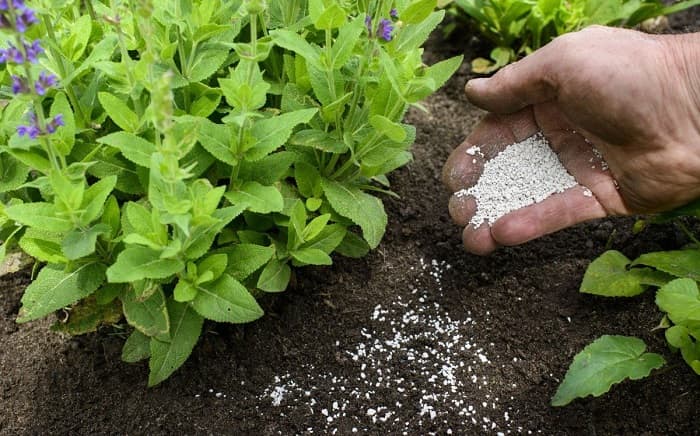
There is no doubt that the use of potassium sulfate in the form of fertilizer is expedient, but the right approach involves maintaining the balance of nutrients in the soil – no less harmful than excess deficiency. It is advisable to analyze the soil composition once every 2 years to apply the top layer more accurately and to prevent the accumulation of certain substances.
There are two ways to recognize potassium deficiency – to feel clear signs in the development of plants or a significant decrease in yield. The first method is preferable because it allows you to take timely action and prevent plant death and fruit set.
The main symptoms of potassium deficiency are:
the green part of the plant slows growth;
the leaves turn yellow, deform, and cannot fully develop;
leaf plates covered with dots or spots;
the buds dry out without opening;
the plant is less hardy to cold;
the crop is poorly kept;
the taste of the fruit deteriorates.
For what crops and when to dress top
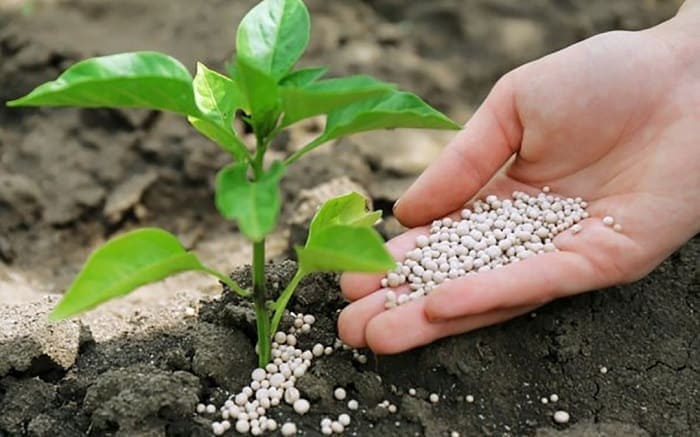
The choice in favor of potassium sulfate fertilizer usually does not lead to controversy, the substance is needed for different crops. There are those where nutrition is very important. These are legumes with a need for sulfur, cruciferous trees (radishes, cabbage, etc.), root crops, fruit trees and shrubs, as well as plants that do not like chlorine (tobacco, citrus fruits, potatoes).
The amount of fertilizers and the appropriateness of their use depends on the composition of the soil. Potassium sulfate can be used in combination with other additives. This approach solves several problems at once – it saturates the soil with nutrients and fights pests. If you follow the instructions exactly and do not exceed the recommended doses, the product will be useful and safe for humans.
For acidic soils, it is recommended to apply sulfate fertilizer at the same time as lime, so that fertilization works more efficiently. You should not combine potassium with urea and chalk – such a neighborhood will not work. Potassium sulfate is not used if the soil is fertilized with compost or manure – organic matter already contains a sufficient amount of this element, so there is no need to add it.
Potassium sulfate can be used both in dry form and as a solution by watering the plants under the roots or sprinkling on the leaves. In any case, the beneficial elements are well absorbed by crops, but it is better to fertilize the soil directly. Thus the plant receives the necessary substances and the soil is enriched.
The main uses are:
In the spring or on the eve of autumn digging, dry outerwear is spread throughout the site.
During excavation, the dry crystals are absorbed into the soil to the depth where the plant roots are located.
When planting trees, potassium sulfate and phosphorus fertilizers are added to the pit.
In summer, the root is irrigated with a solution of potassium sulfate; the trees can be fertilized through holes at a 45-degree angle to the roots.
Agrochemical stores offer complex formulas combined with phosphate sulphate. Both substances work very well in tandem, they work for a long time. You can read about the role of phosphorus in plant development in other blog posts.

